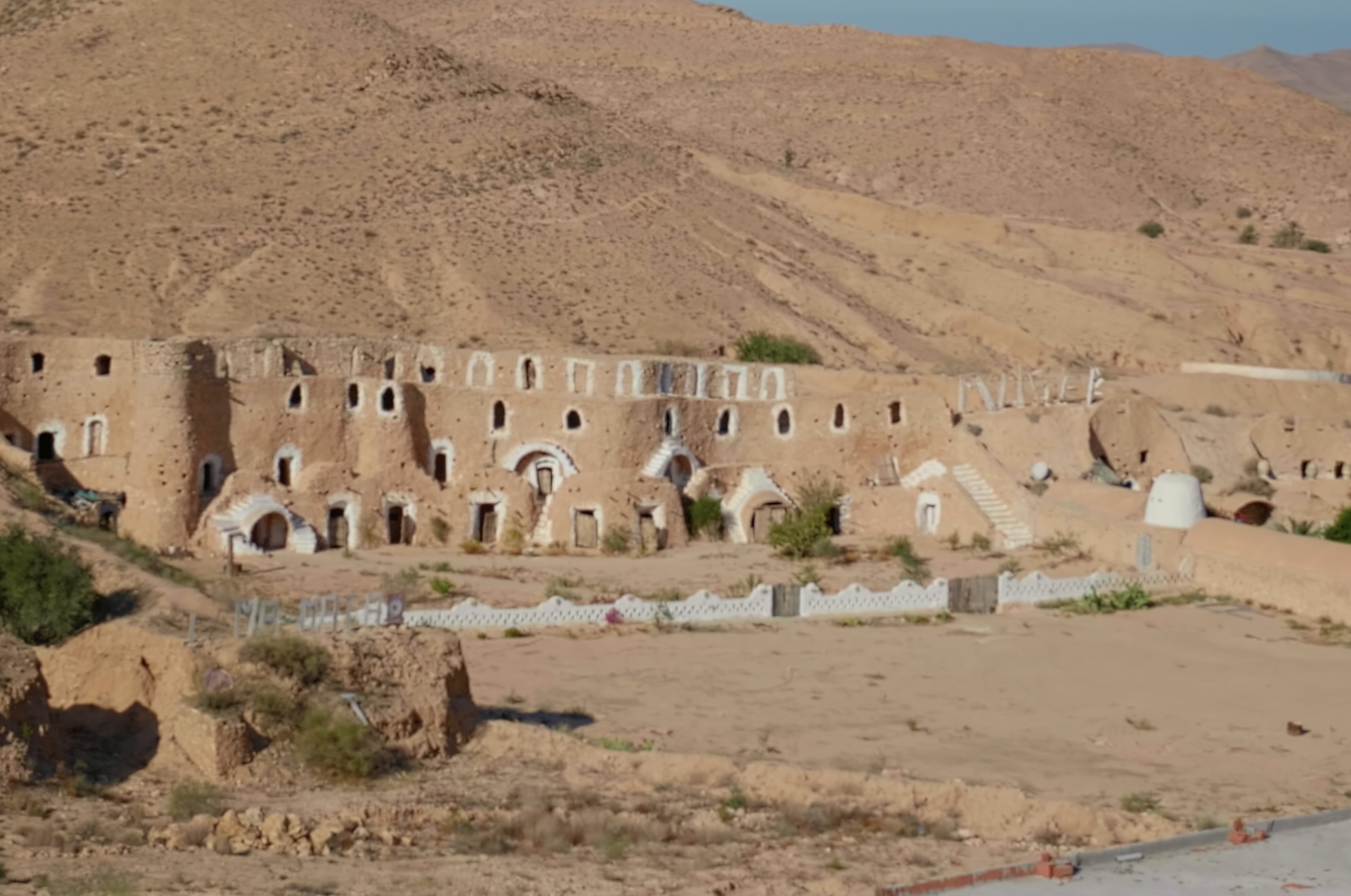Summary
Introduction to Matmata’s Traditional Dwellings
Matmata Underground Houses represent a remarkable chapter in human architecture. These iconic structures, carved into the ground of Tunisia, offer a window into an ancient way of life. They are characterized by their troglodyte design—a series of pits dug into the earth, with rooms branching off the central courtyard. These ingenious constructions provided shelter from the harsh Saharan climate. Their design kept interiors cool during blistering hot days and warm through chilly nights. Today, Matmata’s underground houses stand not only as a testimony to human adaptability but also as an attraction for curious travelers worldwide.
Get your dose of History via Email
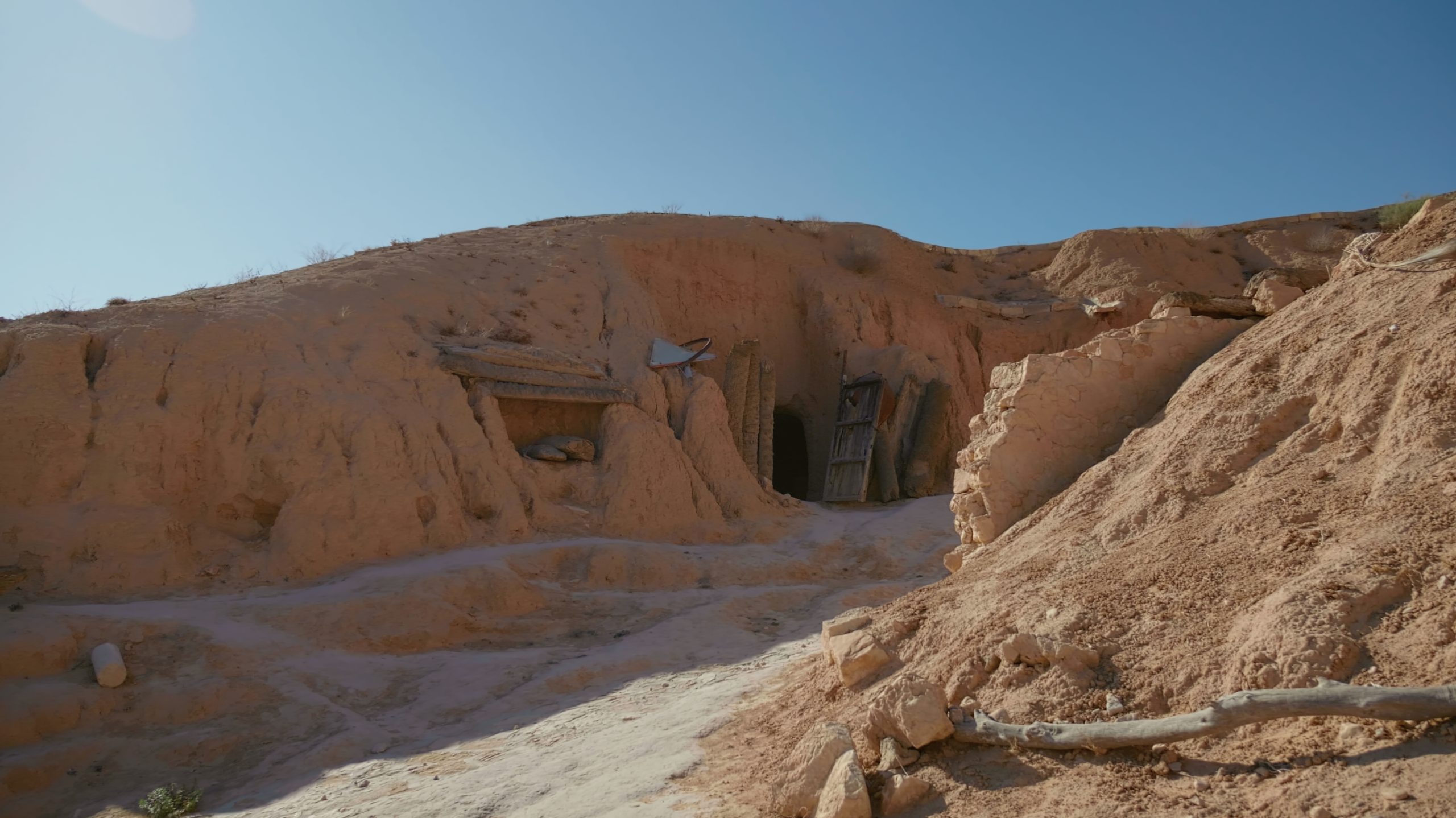
Cultural Significance and Preservation
The cultural importance of the Matmata Underground Houses cannot be overstated. They are a unique example of Berber ingenuity in response to environmental challenges. The local population has maintained these structures over centuries. Their maintenance reflects deep respect for cultural heritage and a sustainable way of life. Efforts to preserve Matmata’s underground dwellings have taken shape in various conservation projects. These aim to protect the site for future generations. Additionally, the houses have gained international fame as filming locations. They capture the imagination of countless fans around the globe.
Impact on Tourism and Local Community
Matmata’s ancient underground dwellings have boosted local and national tourism in Tunisia. Visitors flock to the region to experience the unique architecture firsthand. The tourism influx has had a profound impact on the local economy. It has provided new opportunities for residents. However, it has also brought challenges related to the conservation of the site. Balancing the need for economic development with the imperative to preserve Matmata’s heritage is crucial. Residents and authorities alike are involved in ensuring that these historical treasures endure. They want them to be appreciated by generations to come.
Historical Background of Matmata Underground Houses
Origins of Matmata’s Unique Architecture
Matmata, a small village in Tunisia, is renowned for its extraordinary underground homes. These structures, carved from soft limestone, date back to the 4th century AD. Originally, they were a response to the extreme weather in the region. The underground design provided a refuge from the scorching summer heat and the frigid winter cold. Families expanded their homes by digging new rooms around the courtyards, creating a network of living spaces below ground level. These homes reflect the ingenuity of the Berber people in their quest for comfortable and sustainable dwellings.
Design and Construction Techniques
Constructing the Matmata underground houses was both labor-intensive and clever. Builders would start by digging a large central pit. From there, they would excavate additional pits for rooms and connect them via passageways. Natural light and ventilation came from openings at the surface. These openings also served as access points. The compacted soil walls provided natural insulation. They required minimal additional building materials. The layout often included common areas, storage rooms, and animal quarters. This functional distribution reflects the lifestyle and social organization of the Matmata community.
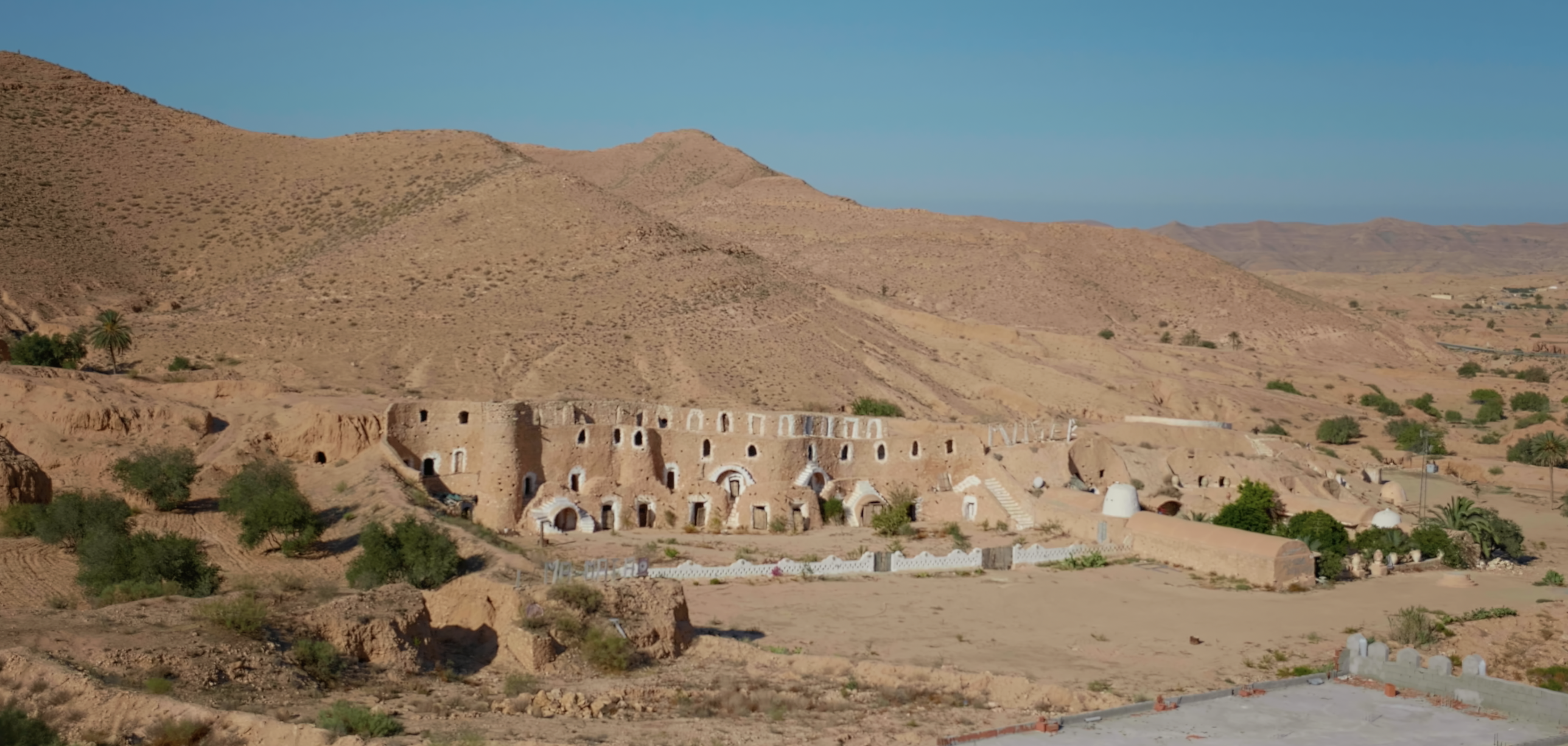
Matmata’s Role in Local Culture
Matmata’s underground houses are not just an architectural marvel. They are also a significant cultural symbol. They represent the adaptive and communal spirit of Berber society. The homes have been passed down through generations, often housing extended family members. Celebrations and daily routines revolve around the communal courtyard. Traditions such as communal cooking and storytelling thrive in these unique subterranean settings. The houses thus stand as a living monument to the region’s social heritage and communal way of life.
The underground houses of Matmata also have considerable historical significance due to their strategic use during conflicts. Hidden from view, the homes provided not only environmental but also military defense. They remained unnoticed by various invaders over the centuries. This allowed the Matmata community to preserve their way of life against outside influences. The houses’ resilience is a testament to the enduring spirit of the Berber people.
In the present day, the Matmata Underground Houses have caught global attention. Their distinctive beauty and history attract tourists from all corners of the earth. As a living museum, the village educates visitors on traditional Berber life and sustainable living practices. However, along with fame comes the responsibility to preserve these historical sites. The local community strives to balance tourist interest with the preservation of their cultural identity and environmental integrity.
The Discovery of Matmata Underground Houses
The Unintended Finding During World War II
The Matmata Underground Houses caught the world’s attention by chance during World War II. In 1943, the French occupied Tunisia and stumbled upon these unique structures while preparing for battle. French soldiers, seeking to garrison troops, discovered the hidden dwellings. They were amazed by the complex of homes tunneled into soft limestone. Their discovery brought global focus to this traditional Berber architecture, hidden for centuries.
Matmata’s Hidden World Revealed
Before their discovery by the French, the underground homes of Matmata had gone unnoticed by most of the world. The local Berber population had inhabited these dwellings for generations, largely isolated from outside influences. The community had thrived in this sunken world, with their lifestyle and living spaces perfectly adapted to the local conditions. The discovery shed light on an ancient form of architecture and way of life that had remained unchanged for hundreds of years.
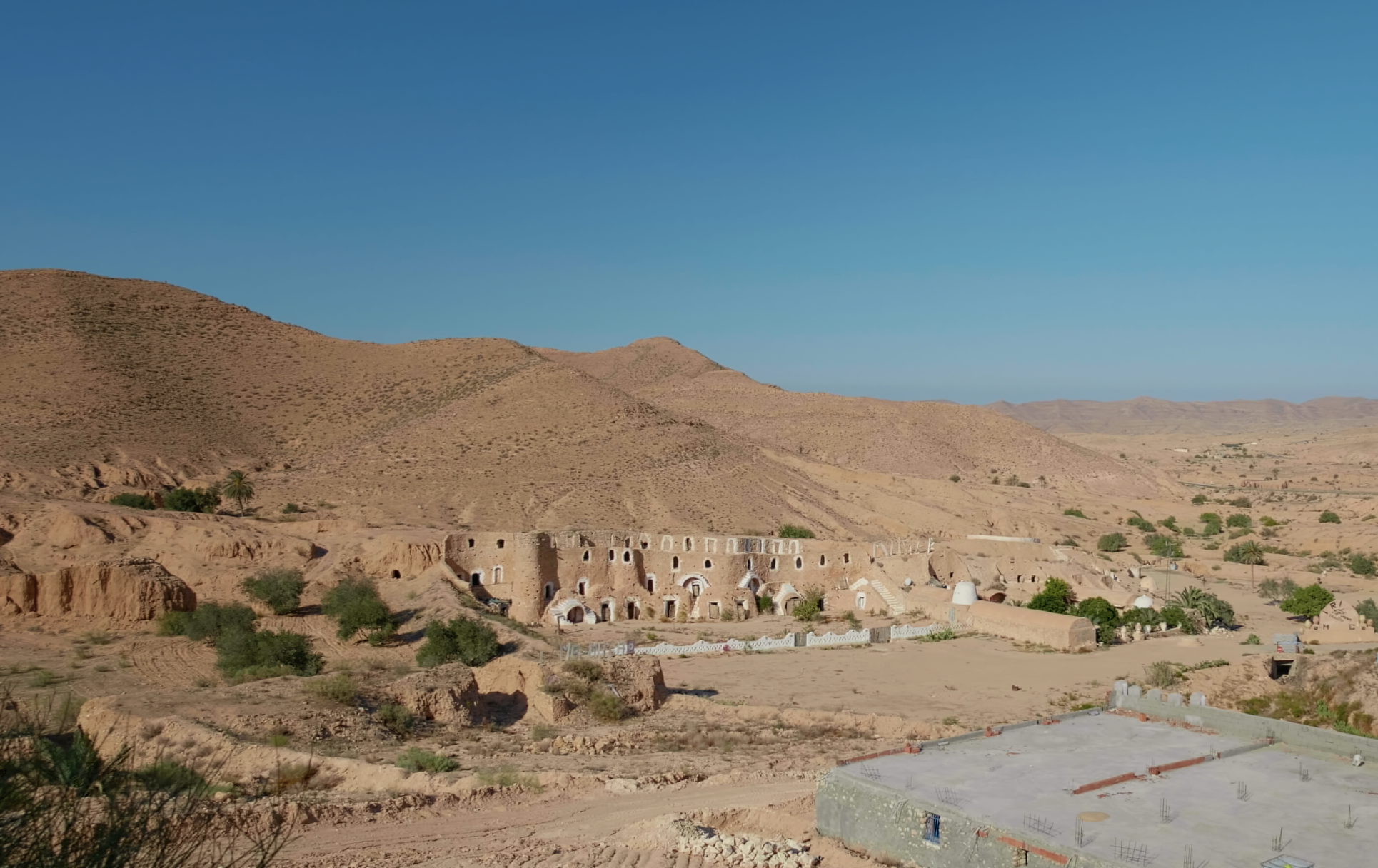
Anthropologists and Historians Take Interest
Following their discovery by military forces, anthropologists and historians soon became interested in Matmata and its subterranean homes. Researchers flocked to the area to document and study the homes’ architecture, history, and the culture of their inhabitants. These studies helped the world appreciate the complex socio-cultural system that had sustained the Berber community. They highlighted their exceptional adaptation to a challenging environment.
The homes’ discovery led to a surge in scholarly interest. It prompted detailed examinations of the construction techniques and materials used. Researchers sought to understand how these structures managed to withstand time and the elements. They found that the homes’ ecological balance with their surroundings served as a model for sustainable living.
Today, the Matmata Underground Houses are a source of pride and interest for Tunisia. They continue to draw tourists, historians, and those fascinated by ancient living practices. The discovery, while accidental, has provided invaluable insights into sustainable architecture and historical preservation. It has paved the way for similar discoveries across the region.
Cultural Significance, Dating methods, Theories and Interpretations
Matmata’s Profound Cultural Impact
Cultural identity thrives within the Matmata Underground Houses. The indigenous Berber community has preserved unique traditions in these earthen homes. They embody a harmonious blend of practicality and culture. Customs and social structures have been shaped by the architecture itself. The underground courtyards serve as communal gathering spaces, enriching the social fabric of Matmata’s society. These timeless structures are celebrated as symbols of cultural endurance. They are an example of living history in modern times.
Estimating the Age of Matmata’s Homes
Unearthing the history of Matmata’s homes involves piecing together their timelines. Researchers use relative dating methods, comparing them to known historical events. They identify tools and artifacts excavated alongside the homes. Carbon dating of organic materials provides another layer of time estimation. These methods have suggested the start of construction around the 4th century AD. However, they continue to evolve with new archaeological findings.
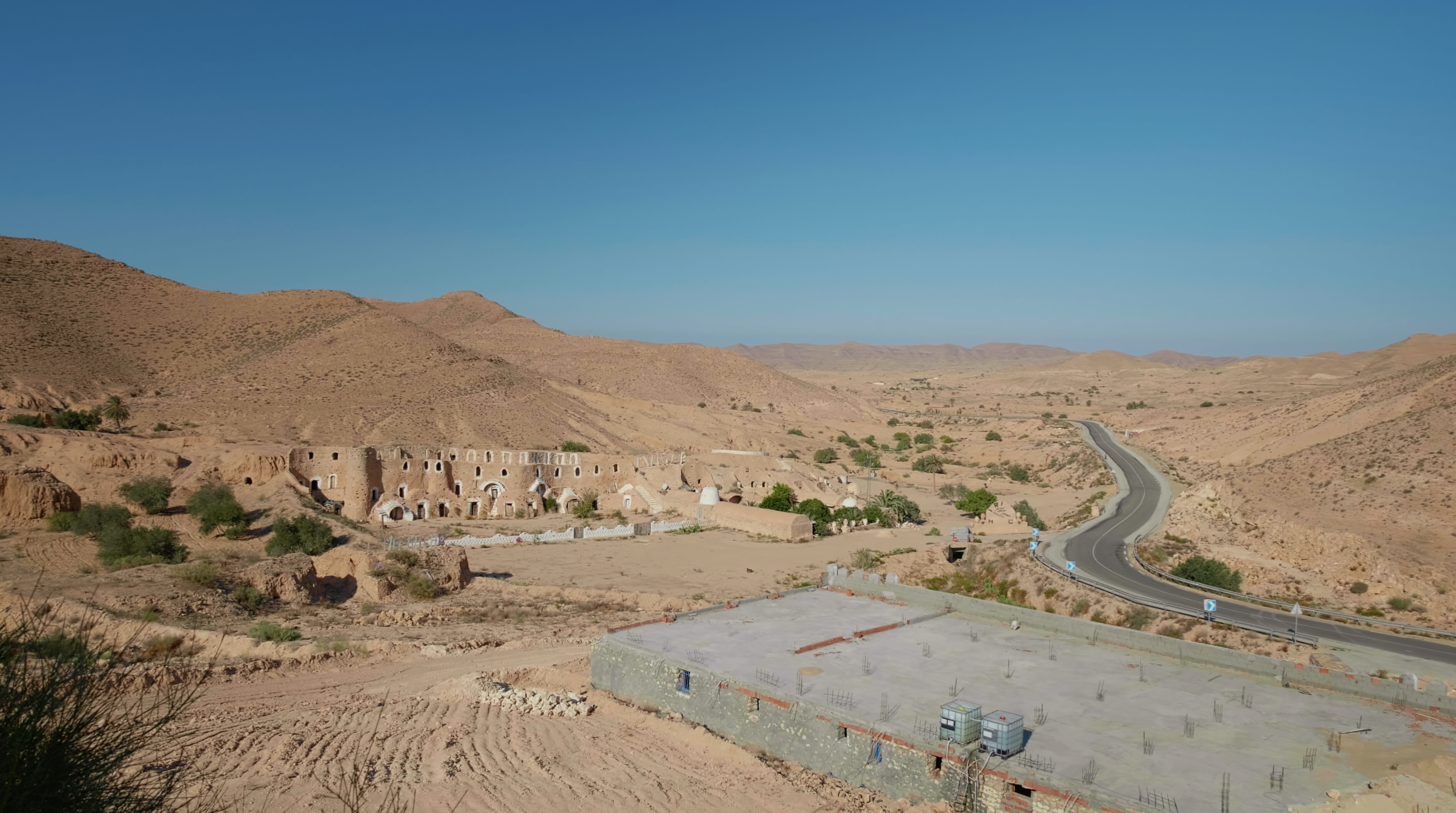
Deciphering Matmata’s Subterranean Secrets
The Matmata Underground Houses inspire various interpretations. Some suggest they were defense mechanisms against invaders. Others theorize they were adaptations to environmental challenges. Experts debate whether their construction was a gradual process or a response to a specific event. The range of theories demonstrates the houses’ complex historical narrative. They point to a deep-seated human instinct to adapt and survive against all odds.
While the origin of the Matmata houses is often linked to the Berbers, some academics propose alternative theories. They highlight the possibility of outside influences in their design and construction. Detailed studies of the architectural patterns try to trace connections with other ancient civilizations. These explorations deepen our understanding of cultural exchange in historical contexts.
Cultural significance, dating, and interpretation of the Matmata Underground Houses are part of a larger historical tapestry. They reflect the ingenuity, resilience, and rich cultural heritage of the Berbers. Current studies strive to honor this legacy while pursuing factual accuracy. We remain fascinated by these remarkable structures. They hold lessons about our past and hints for a sustainable future.
Conclusion and Sources
In conclusion, the Matmata Underground Houses are a fascinating case study of human adaptation and cultural resilience. These structures exemplify how traditional knowledge can inform sustainable living practices. The Matmata houses have withstood the test of time, emphasizing the importance of cultural and architectural preservation. By embracing the past, we gain insights into sustainable construction and communal living that are invaluable in today’s rapidly changing world.
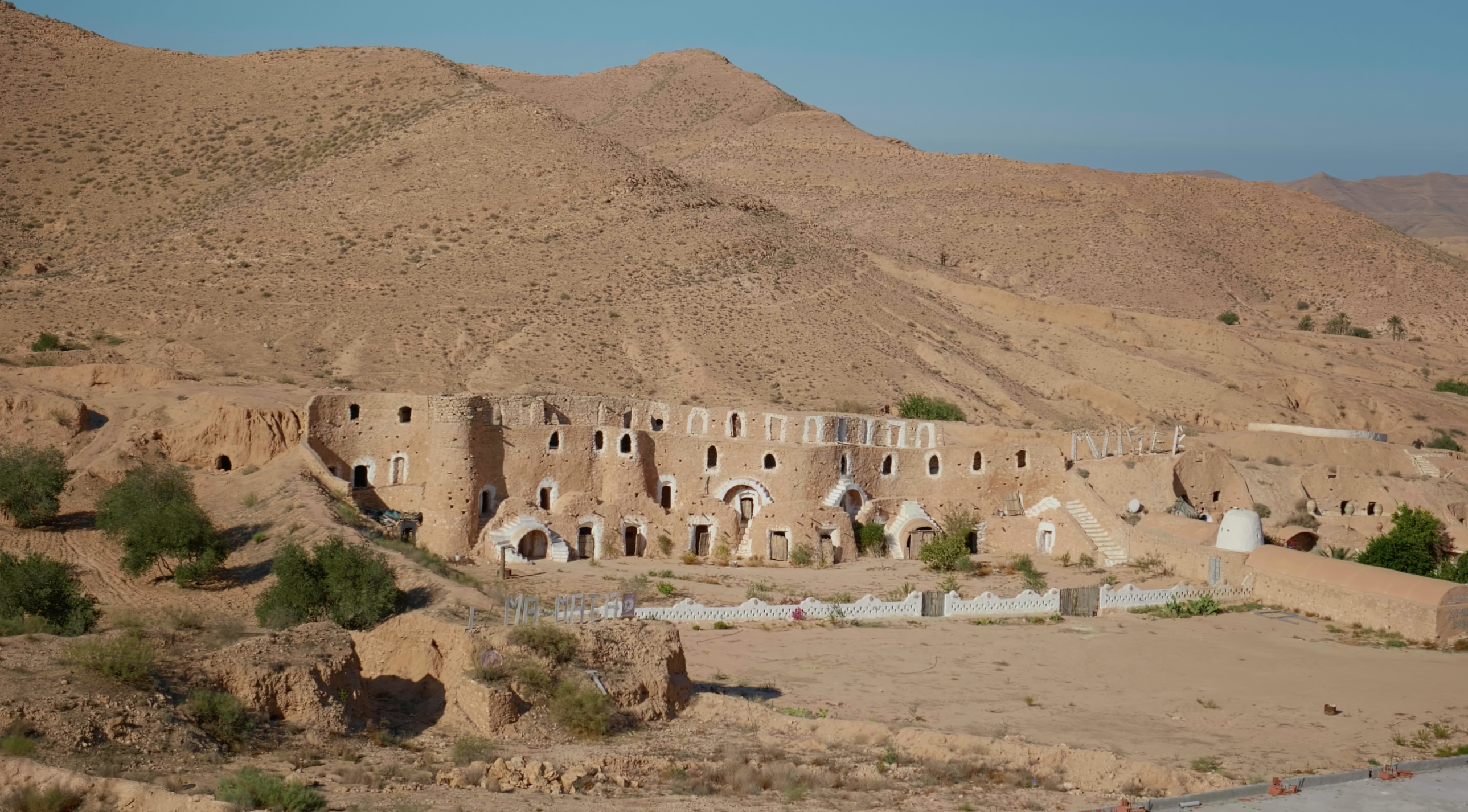
For further reading and to validate the information presented in this article, the following sources are recommended:
Or you can check any of these reputable archaeological and historical texts:
Smithsonian Magazine. (2017). Tunisia’s Underground Houses.
National Geographic. (2019). Exploring Tunisia’s Ancient Berber Culture, Including the Matmata Cave Dwellings.

